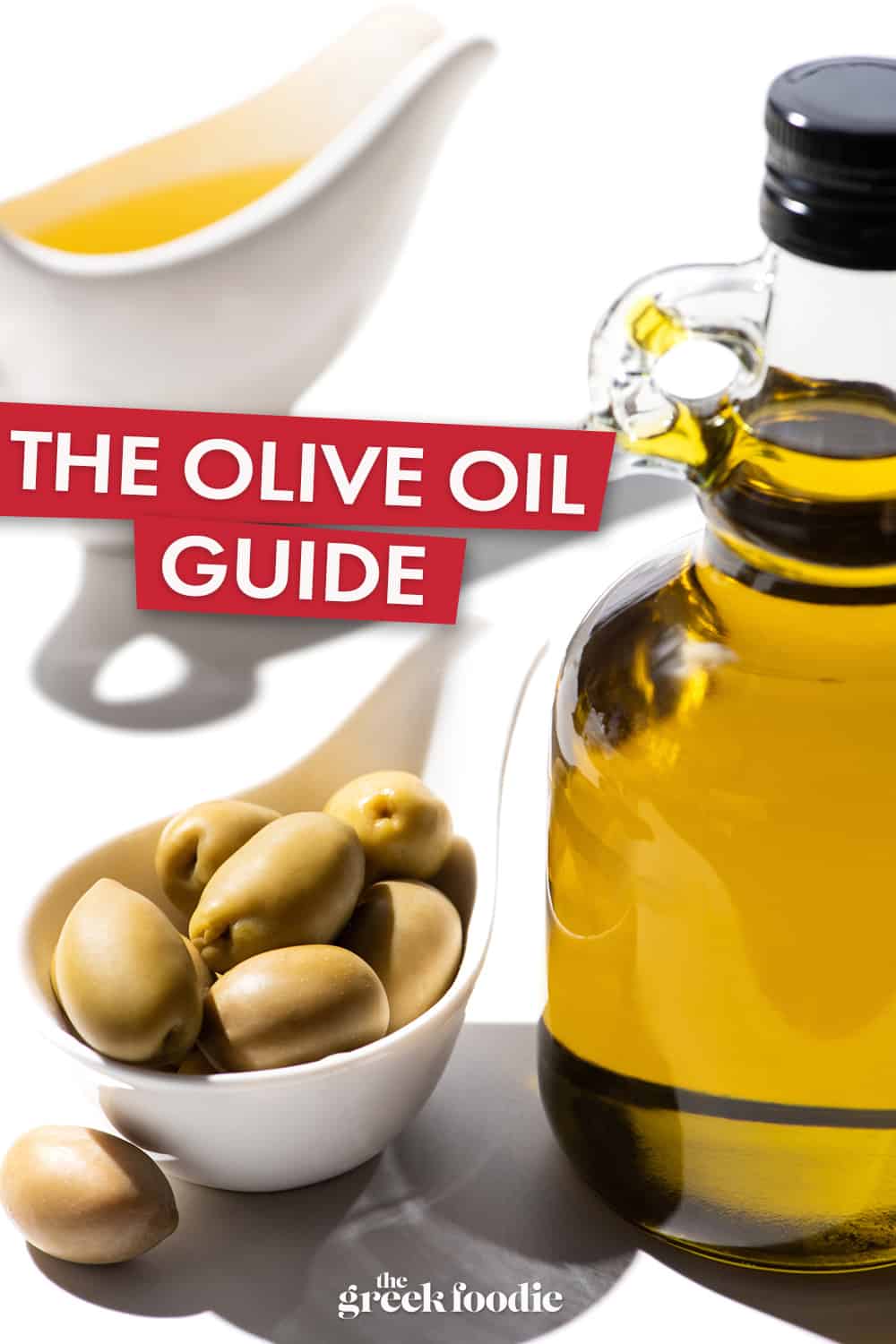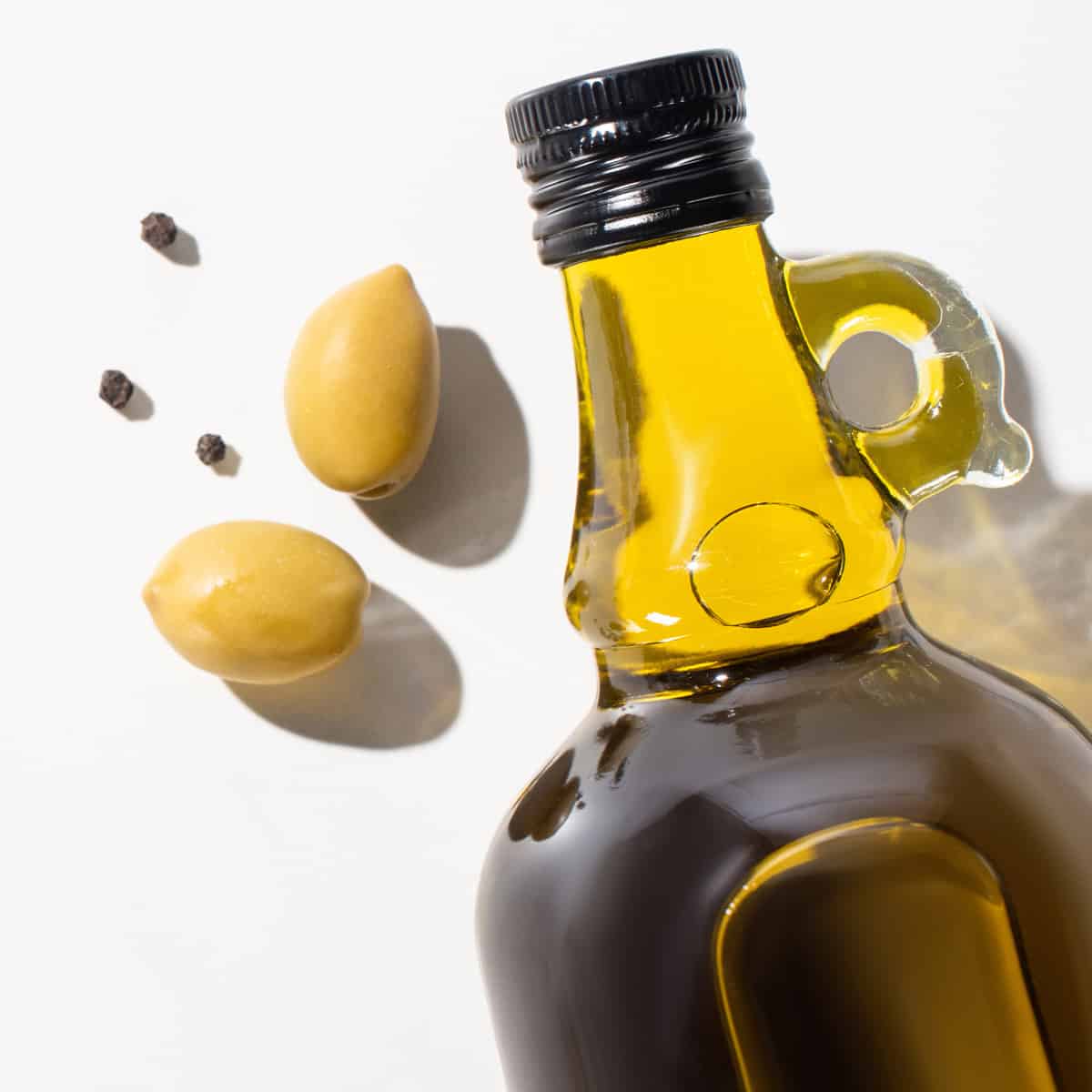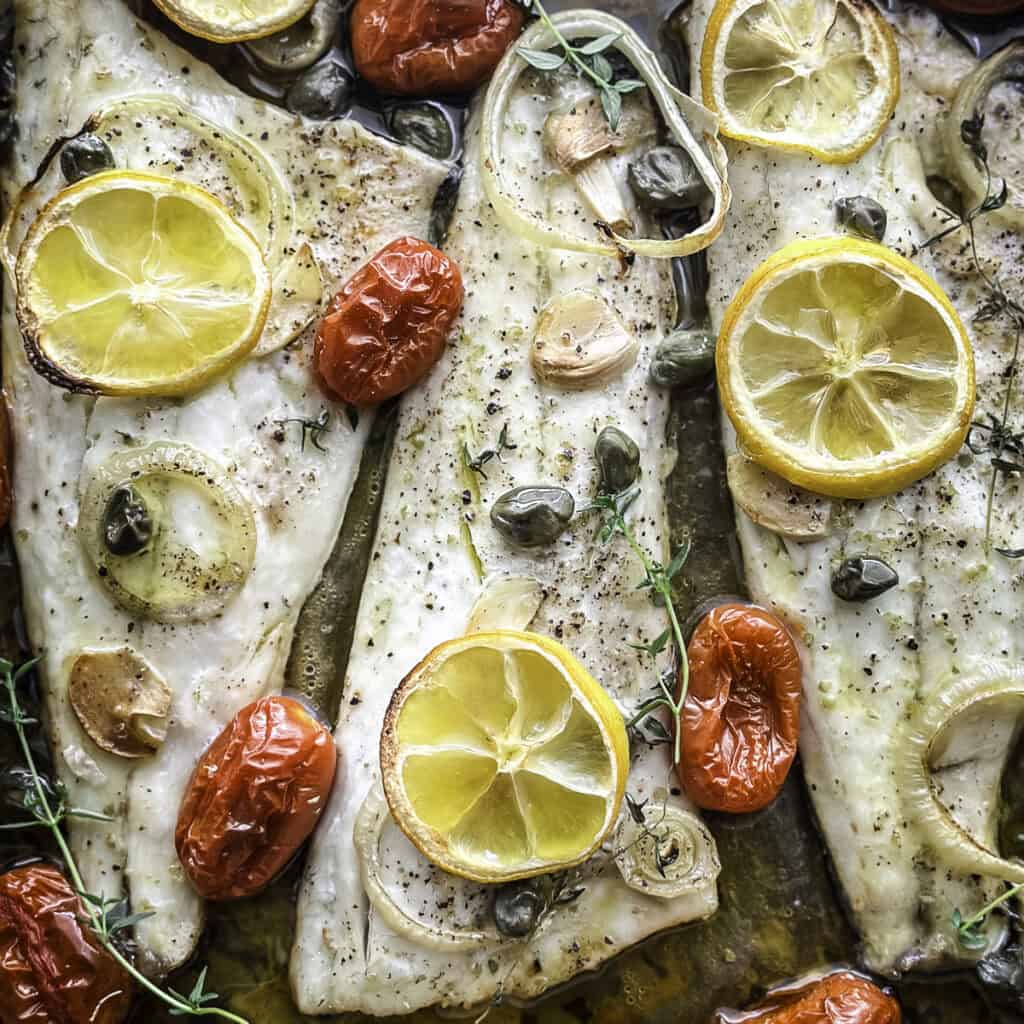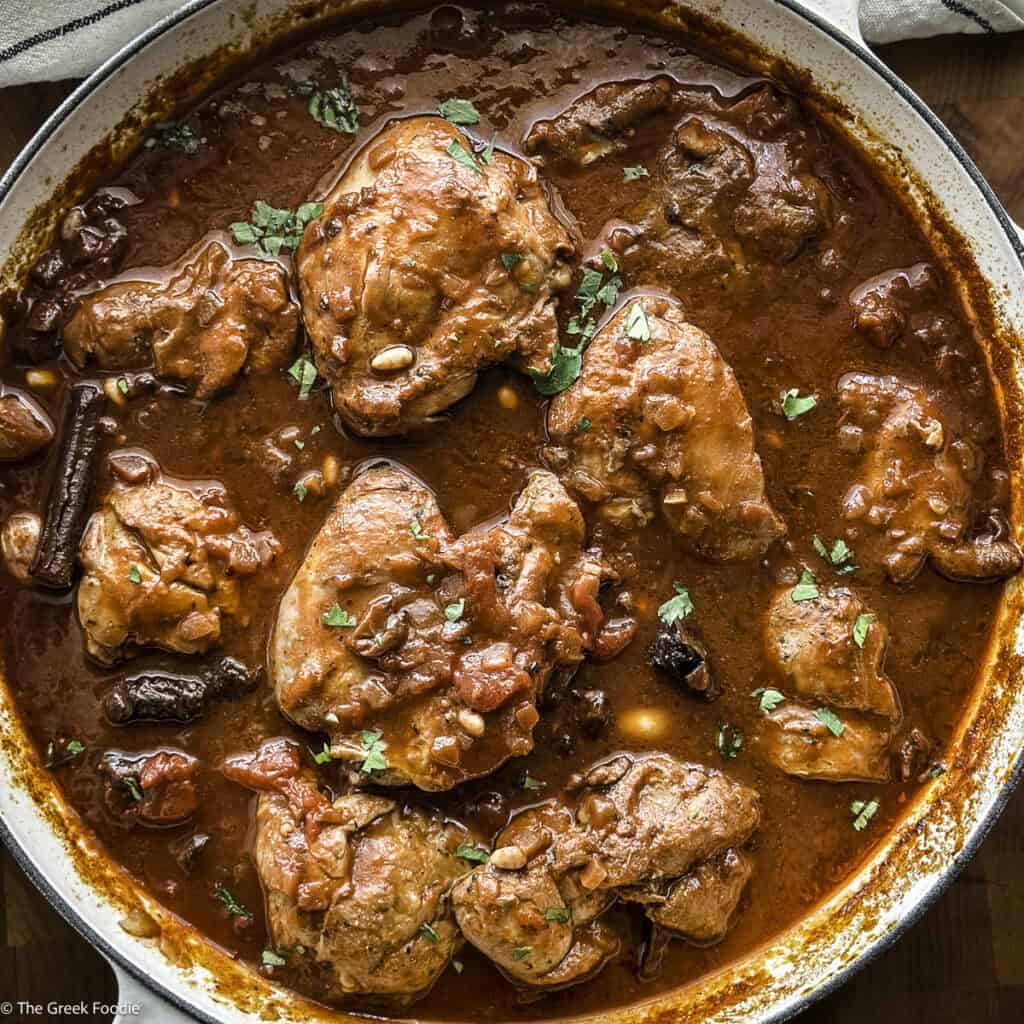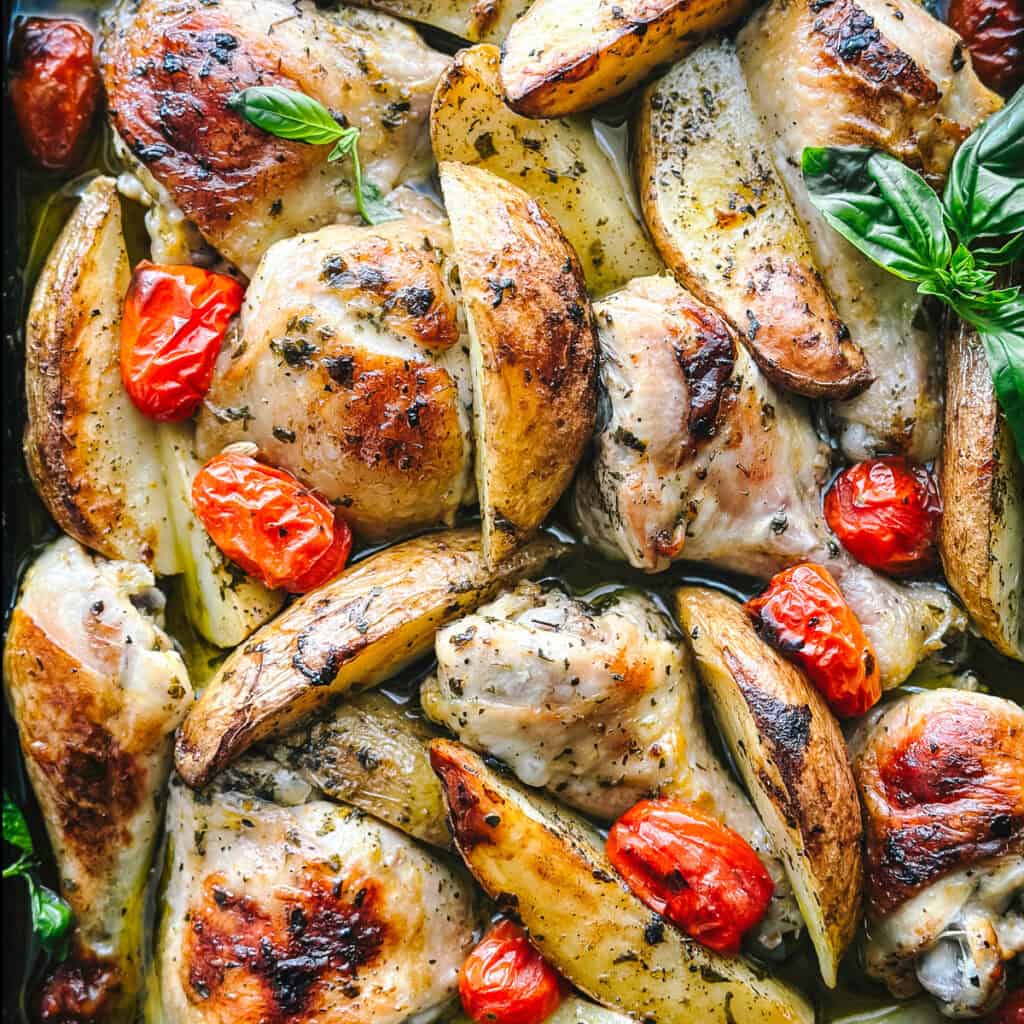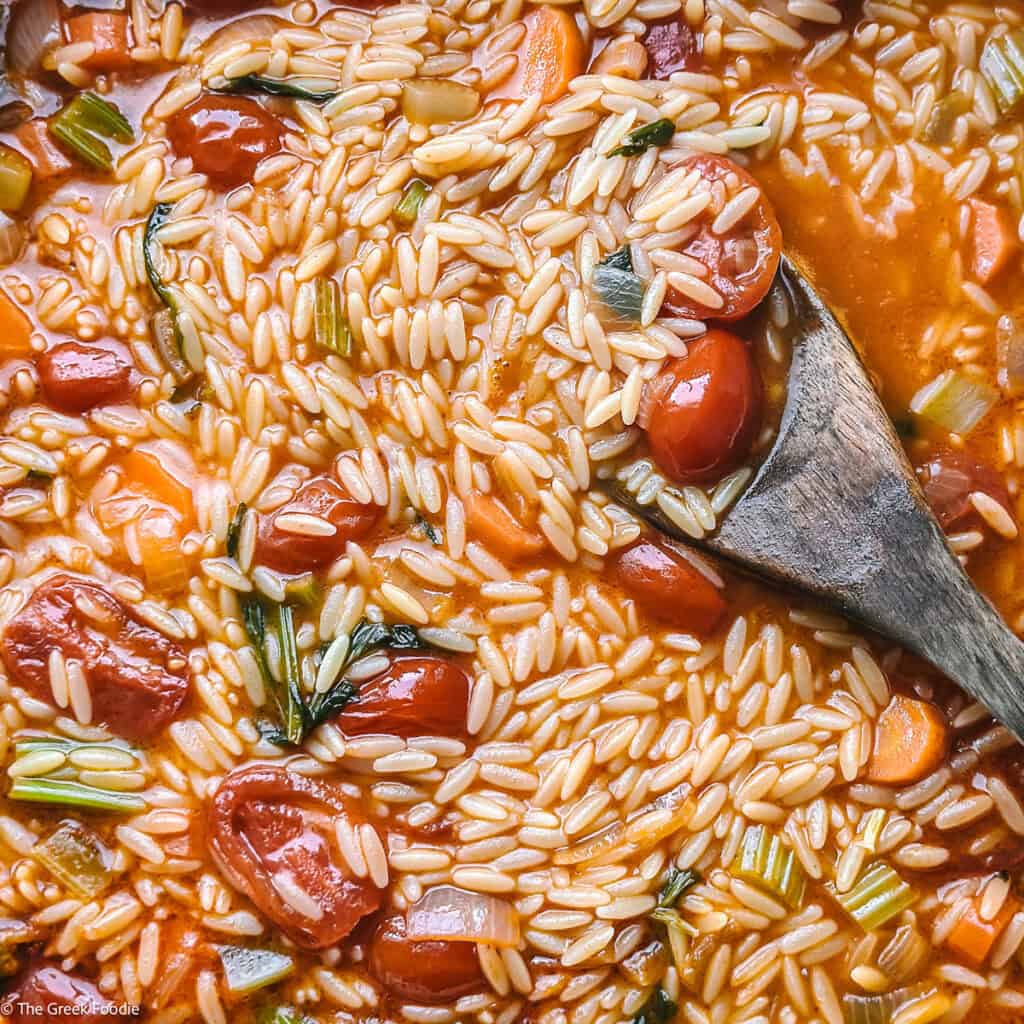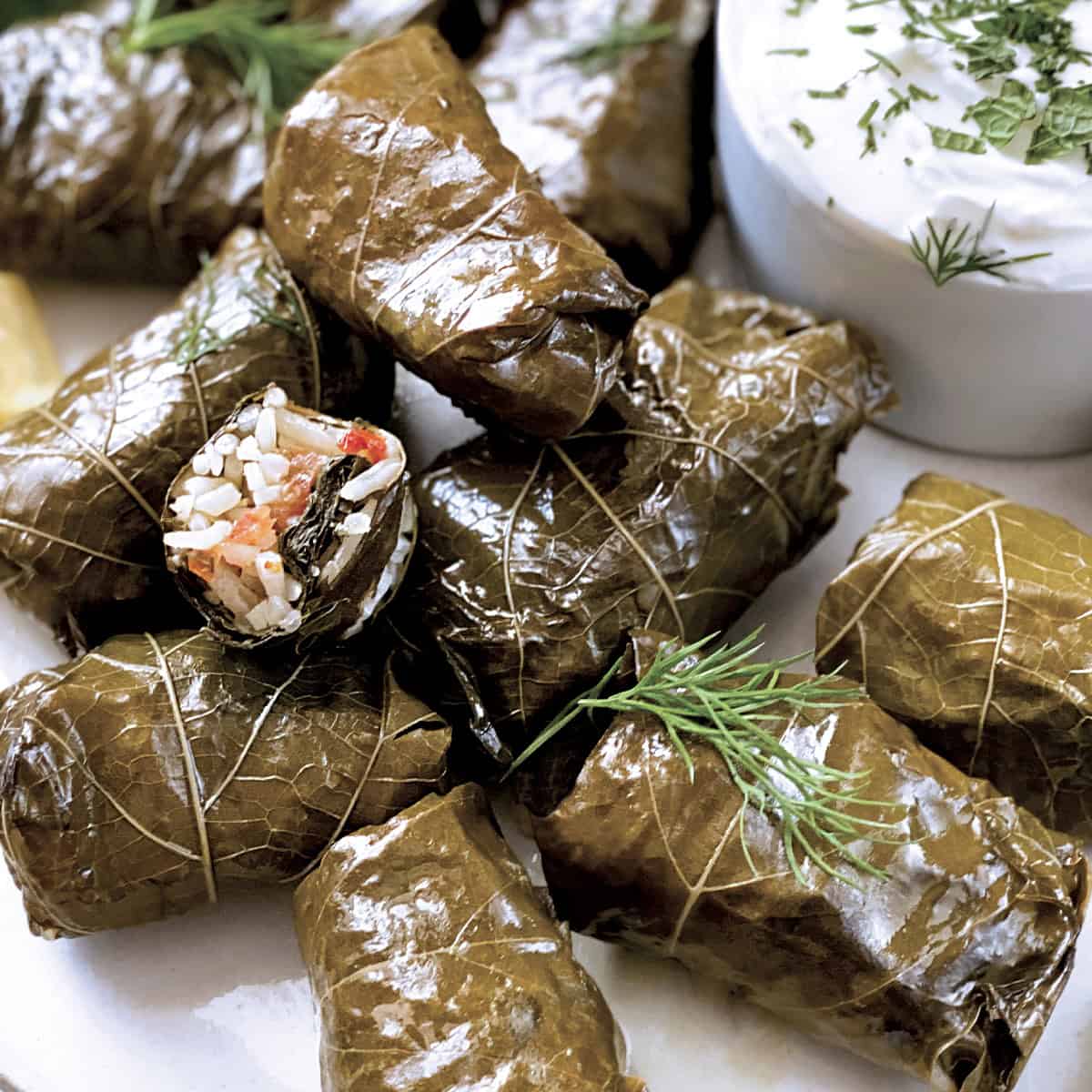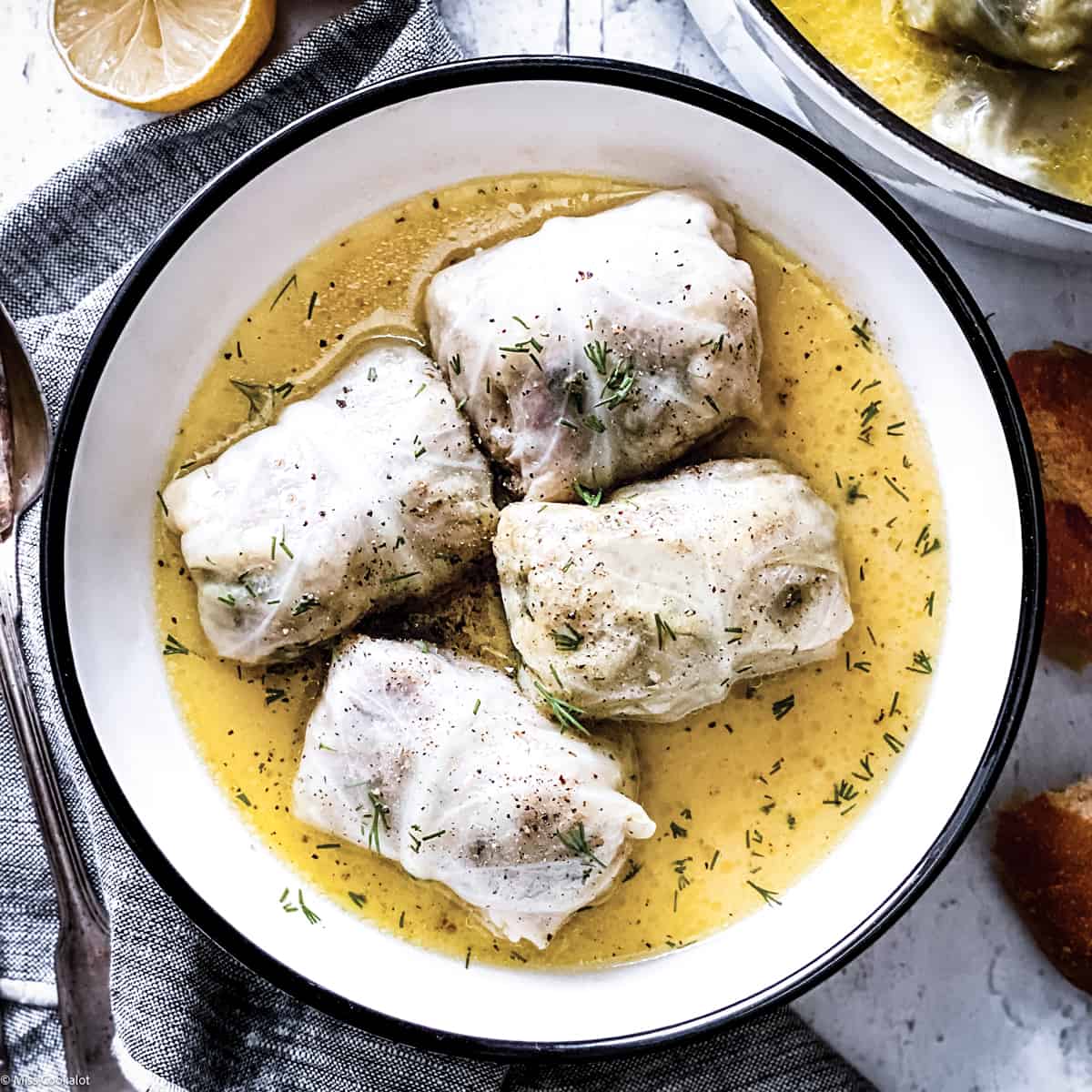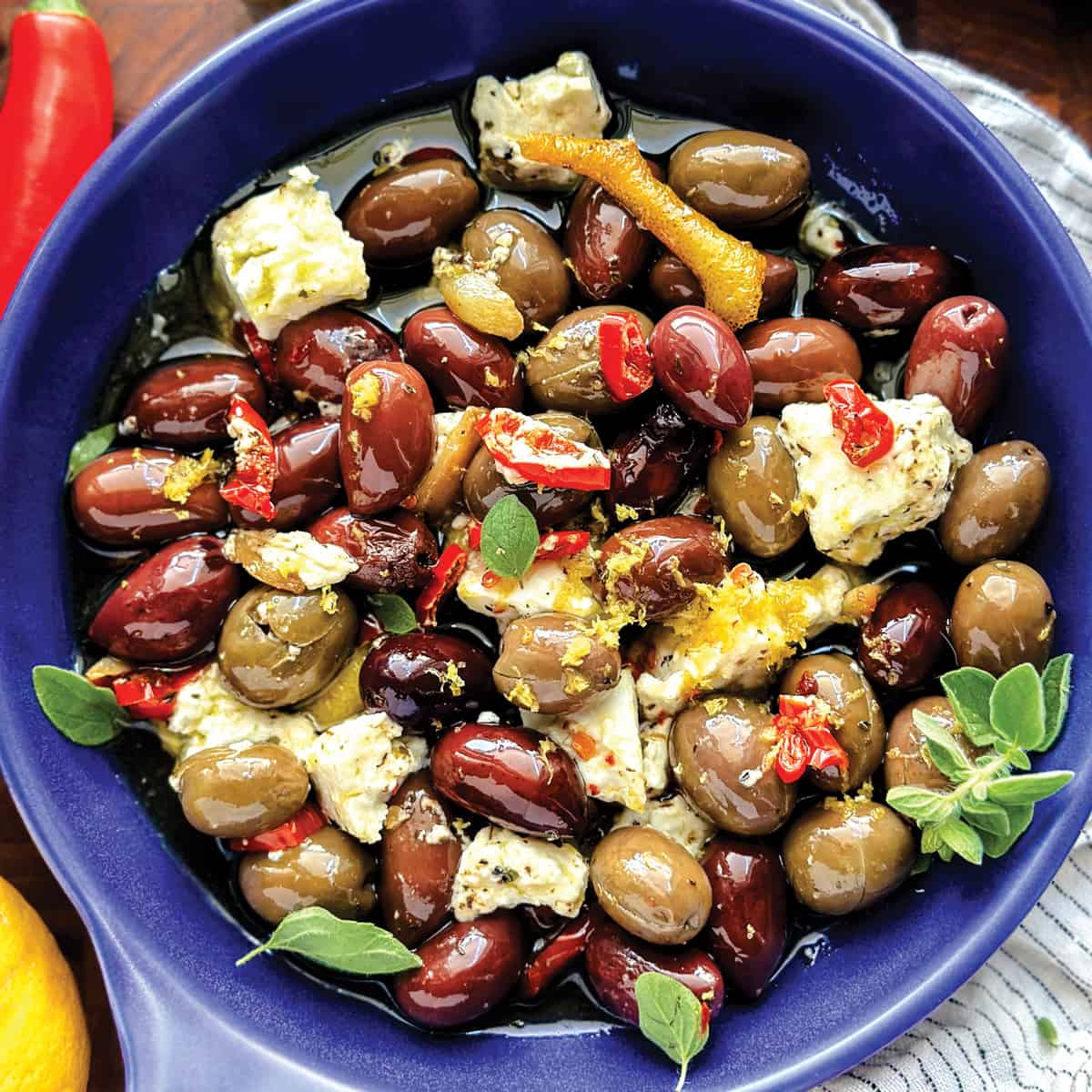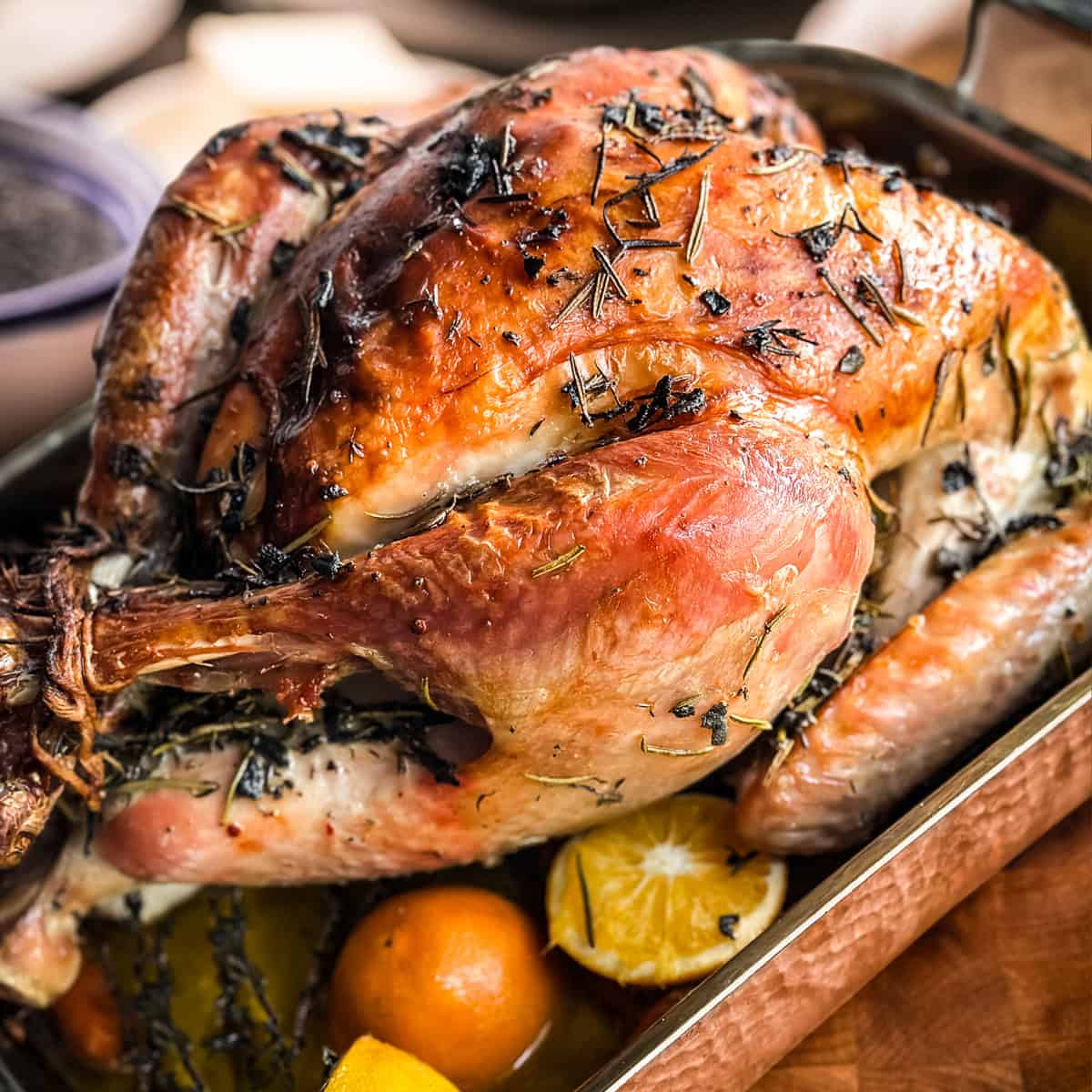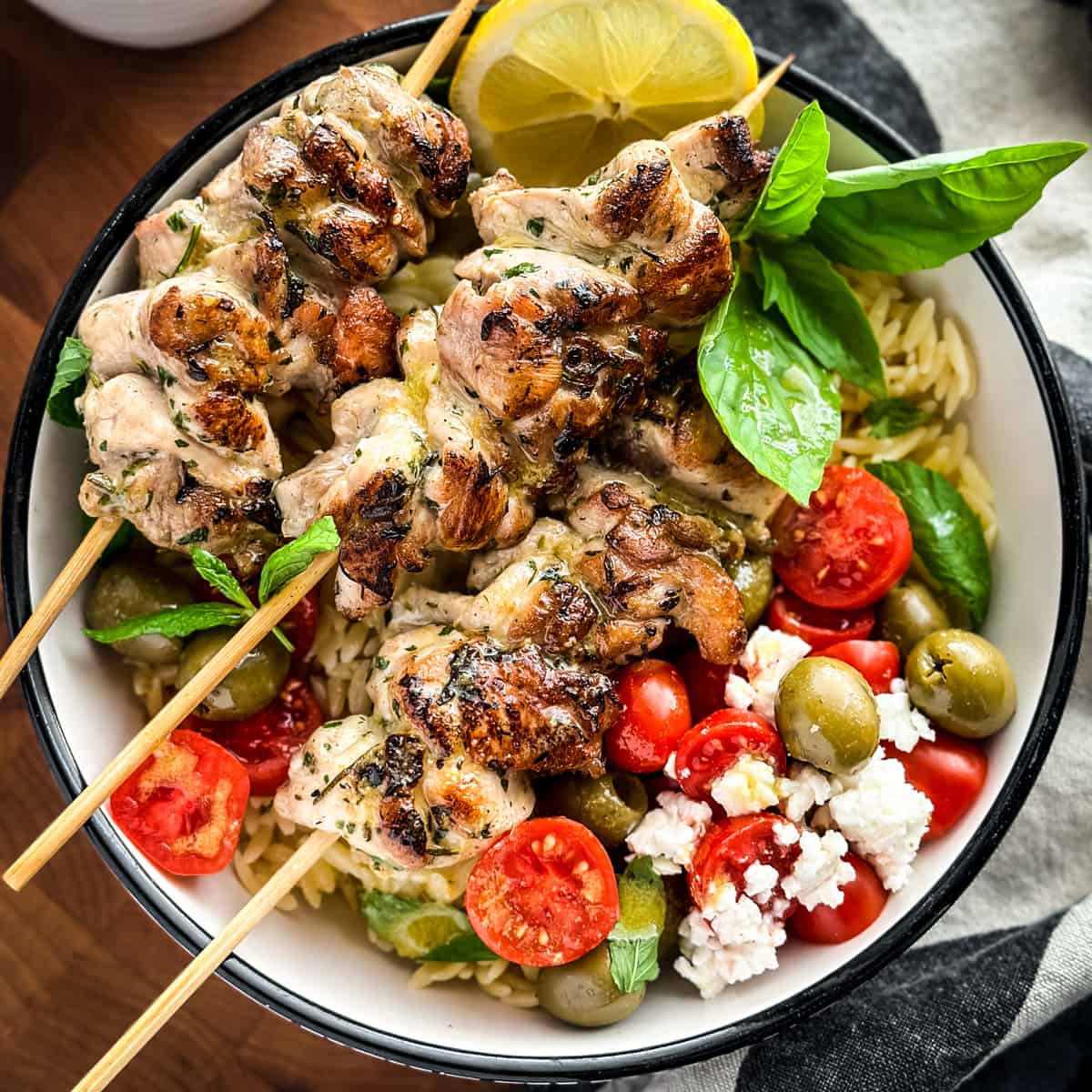If you’re a fan of Greek cuisine, you’ll know that olive oil is an essential ingredient for many dishes. Greece is actually one of the largest producers of olive oil in the world. Olive oil is used in everything from salad dressings and soups to skordalia dip and even cakes. It’s a staple of Greek cooking and culture – it’s even used to fuel the flame beneath the icons of patron saints in small village shrines and to mark the sign of the cross at a child’s baptism.

The olive tree
Altis, in ancient times, was the name of the sacred olive grove of Olympia from which the branch of a wild olive (kotinos) adorned the heads of the Olympians was cut.
Throughout the ages, the olive tree has played an important role in Greek history and tradition. It was revered as a sacred tree and symbolized peace, victory, wisdom, and friendship among peoples. The winners of the Olympic games were even crowned with an olive wreath, the kotino.
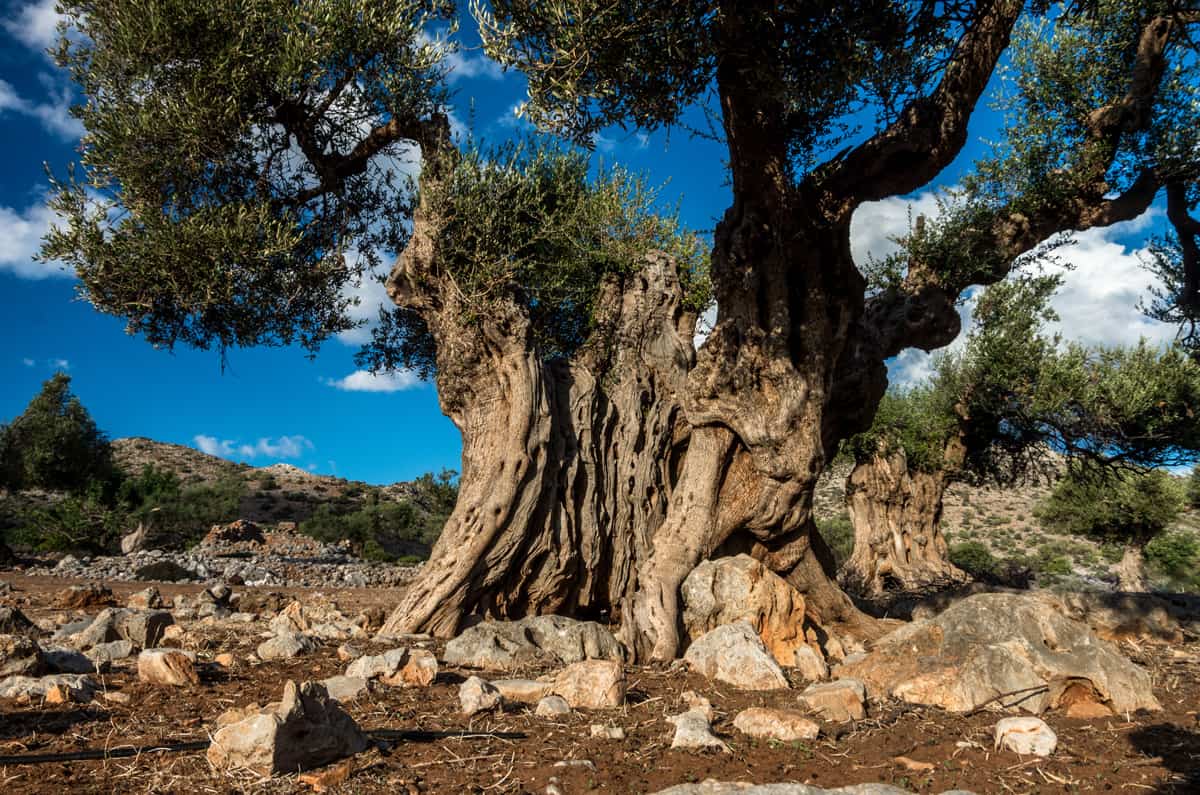
The wild olive tree first appeared in the Eastern Mediterranean, but Greece was the first to cultivate the olive during prehistoric times. This is evidenced by the fact that the Greek name “olive” is preserved in most European languages. Recent archaeological research has uncovered fossilized olive leaves that are over 50,000 years old. Excavations and shipwrecks have also revealed artifacts that depict the various phases of olive cultivation, highlighting the importance of olive oil during the Minoan and Mycenaean periods.

According to Greek myth, the first olive tree was planted on the Acropolis. It is said to have been a gift from the goddess Athena to the inhabitants of the city of Athens, when she quarreled with the god Poseidon, over the name of the city of Athens. They, as a sign of gratitude, named their city after her and she taught them how to grow the olive tree. The Athenian coins depicted goddess Athena with an olive wreath on her helmet and an amphora of oil or an olive branch.

Olive oil was not only economically beneficial, but it also played an important role in the social and religious life of the Greeks. Even Hippocrates recommended it as a “healer” with many different uses. Today, Greek olive oil continues to be of the highest quality and is internationally recognized as such.
Olive oil had an integral part in every Athenian citizens life.
It had an important place not only in the diet but also in the economy. It was considered a sacred symbol of life, wisdom and prosperity. Homer referred to it as “liquid gold.”
- It was a key component of their nutrition.
- Was given as prize in sports competitions.
- Greek athletes would even anoint their bodies with olive oil to protect their muscles and prevent injuries.
- Was used as medical treatment (olive oil has 60 different uses in the Hippocratic medical code).
- Was the main ingredient in cosmetics.
- Was used every day for heating and lighting.
- Could be exchanged like money if needed.
The olive harvest

Today, 95% – 97% of the world’s olive oil production comes from the Mediterranean countries, with Greece being the third largest producer, after Spain and Italy. However, Greek olive oil holds the first place in terms of the quality of extra virgin olive oil and this very quality superiority ensures international recognition.
Late autumn marks the beginning of the olive harvest season, which ends in December, depending on the region and variety of the olives. The early harvest yields the best oil, as these olives contain the most nutrients.
Unlike wine, olive oil doesn’t age well and is best consumed within a year of production, preferably within six months, and raw/uncooked for maximum benefit.
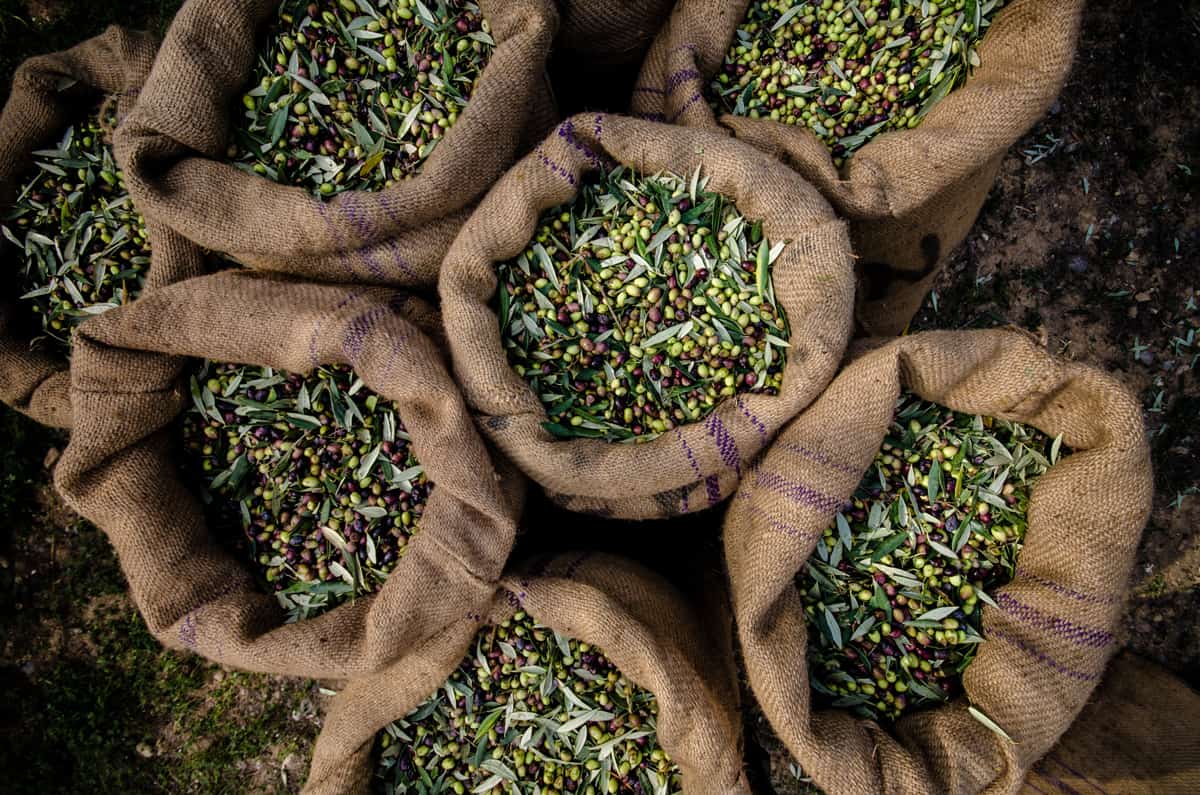
The varieties used for oil and table olives differ; while it’s possible to produce olive oil from table olives and vice versa, the quality won’t be as high. However, some exceptions exist, such as the manaki sub-variety of Koroneiki variety, which produces mild-flavored olive oil and round-shaped table olives. Smaller olives generally yield better quality oil, while larger and meatier types are best for eating.
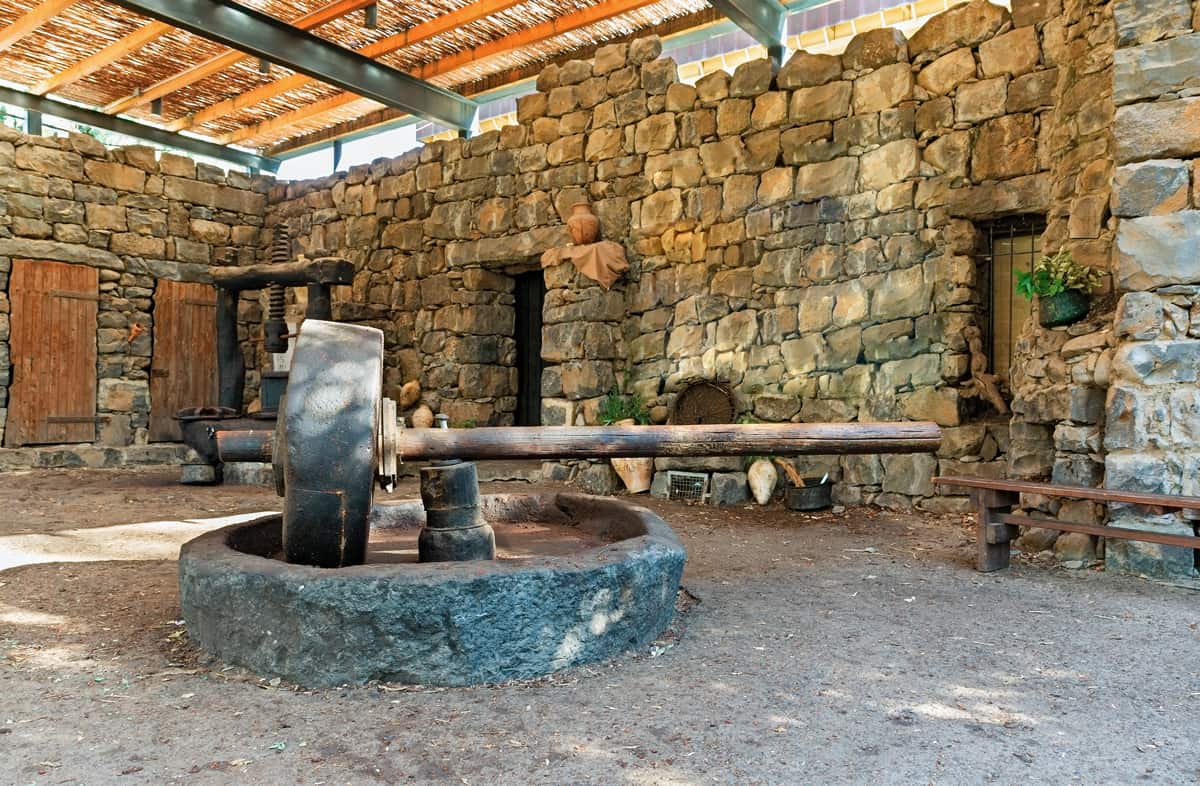
To maintain its high nutritional profile, flavor, and aroma, olive oil should be cold-pressed. The color doesn’t determine an oil’s quality, and it’s more affected by the chlorophyll levels.
The different qualities of olive oil
Olive oil has been categorized into qualities since ancient Roman times. The romans had five categories according to the degree of ripeness and health of the olive fruit, as well as the way it was harvested.
Greece produces high-quality olive oil, with around 80% of the annual production rated as extra virgin. Greek extra virgin olive oil is spicy and slightly burns your throat when you swallow. This indicates a high phenolic oil, containing high levels of polyphenol compounds, which are rich in antioxidants and other healing properties, making it a good sign!

The qualities of olive oil
The quality of olive oil is determined by its flavor, aroma, and acidity level.
- Extra virgin olive oil. Extra virgin olive oil has an acidity level of lower or equal to 0.8 degrees. It has a superior nutritional quality and flavor. Extra virgin olive oil, especially when consumed raw we can appreciate its taste excellence and nutritional benefits.
- Virgin olive oil. This olive oil has a virgin olive oil has an acidity level below 2 degrees. There is a certain taste defect but with a sense of fruitiness. It is best used for cooking.
- Lampade oil. An olive oil with a strong taste defect and absence of fruitiness is only good for lamp fuel or defective. This category is not allowed to be consumed and can only be used for other uses or for further chemical processing.
- Refined olive oil. Olive oil with acidity levels above 2 degrees which is of poorer quality and contains fewer nutrients. It is lambada olive oil that has been refined and chemically treated, to remove its negative chemical and taste qualities. Refined olive oil is usually blended with virgin olive oil, but neither the percentage nor the grade of virgin olive oil added to the blend is recorded. On packaging, such olive oils are often simply called “olive oils” or olive oil blends.
- Pirinelaio-pomace oil. This is the oil from the stone and crumb of the olive after a special treatment. It is often blended with virgin olive oil.
Virgin olive oil, refined olive oil and pirinelaio-pomace oil are often used for cooking. One thing to know is lower-quality olive oils have lower smoke points, and the smoke point increases as the acidity level decreases.

Cooking with olive oil
- Most Greek recipes use olive oil, including desserts, and it can work wonders on simple dishes like a sliced tomato or boiled greens.
- I prefer to use extra virgin olive oil when I cook. Contrary to what some people believe, you can use olive oil for cooking, as it has a temperature tolerance of around 180-200°C (350-400°F), depending on the quality and freshness. However, it’s best to avoid very high temperatures. When it comes to frying I use virgin olive oil or light olive oil.
- Proper storage is crucial to retain the nutritional value of olive oil, as it is UV and heat-sensitive. It’s best to keep it in dark glass bottles in a cool, dark place and ensure it is well-sealed to prevent oxidation.
Recipes using extra virgin olive oil
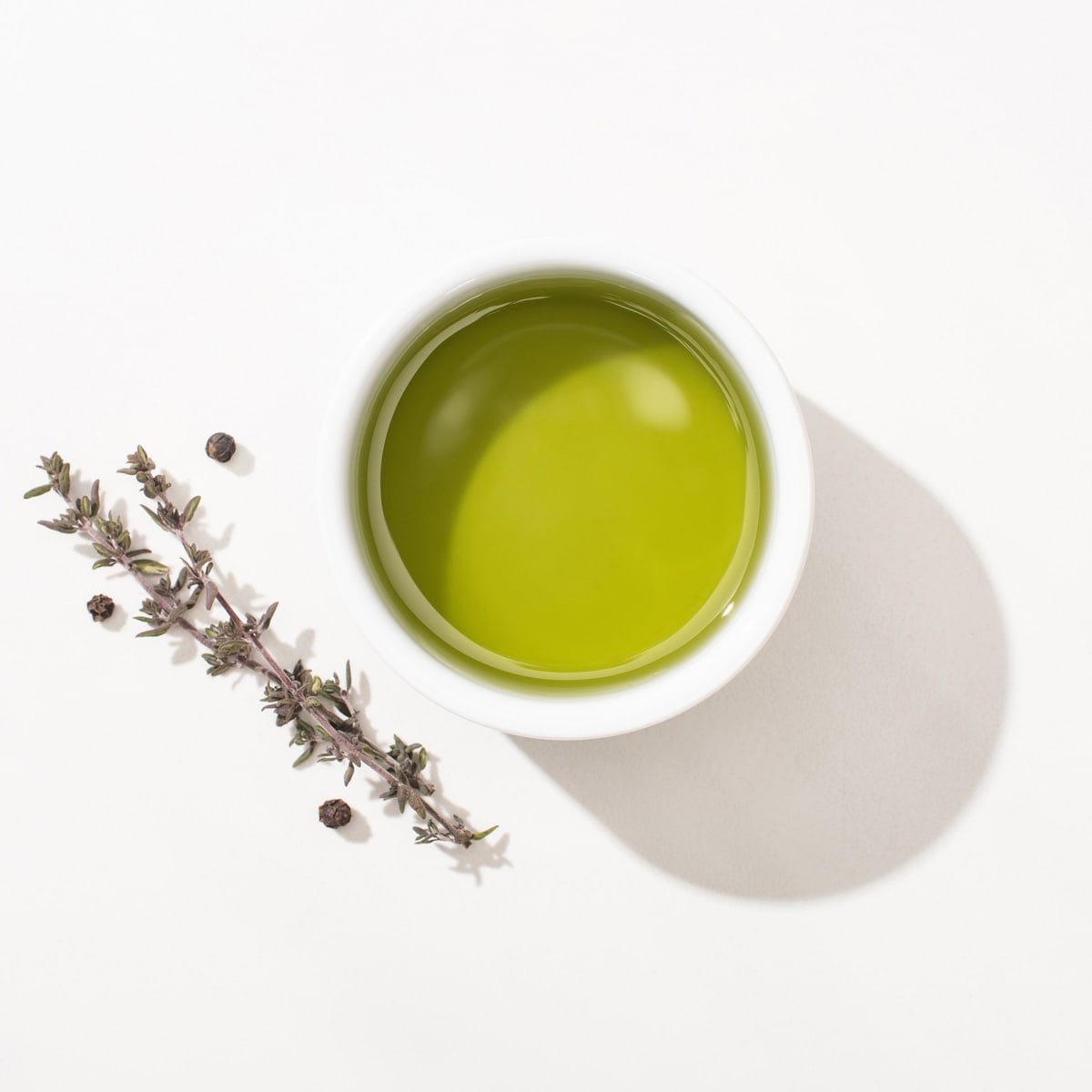
Some facts about Greek extra virgin olive oil
- Until very recently, Italian companies would purchase Greek extra-virgin olive oil in bulk and sell it worldwide under their own labels. Nowadays, more Greek producers are bottling and marketing their oils. Despite this, much Greek olive oil is still sold in bulk to large multinational companies.
- Due to the growing international demand, there has been an increase in the number of producers making organic olive oil.
- Greek olive oil is now widely available in American food markets and is an excellent choice to buy due to its delicious flavor.And it’s often more affordable than Italian oils.
My favorite olive oils
For everyday cooking as well as dressing salads and finishing dishes.
Athena Kolymvari Extra Virgin Olive Oil.
Whole Foods Market Extra Virgin Olive Oil Of Greece
California Olive Ranch, Global Blend, Extra Virgin Olive Oil
For frying
Sources
You may also like
Cooked this? Rate this recipe! You can also leave a comment below. I love hearing from you!
WANT TO EAT LIKE A GREEK? Subscribe to my newsletter and follow me on Facebook, Pinterest, and Instagram for the latest updates.
